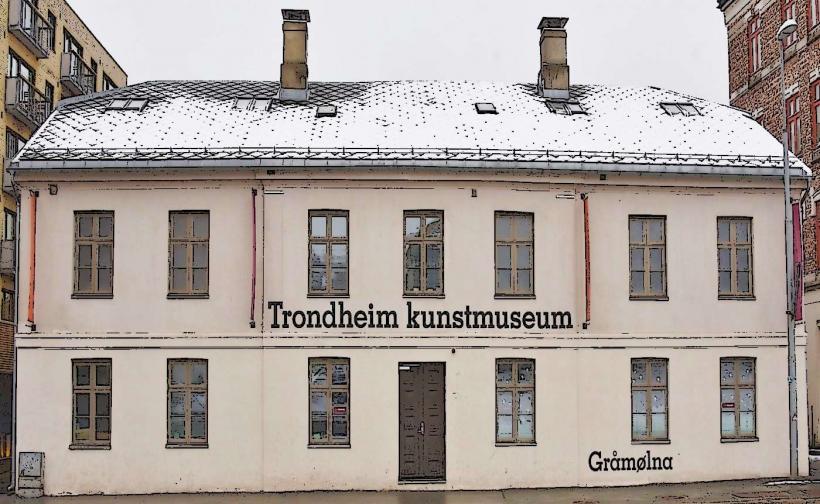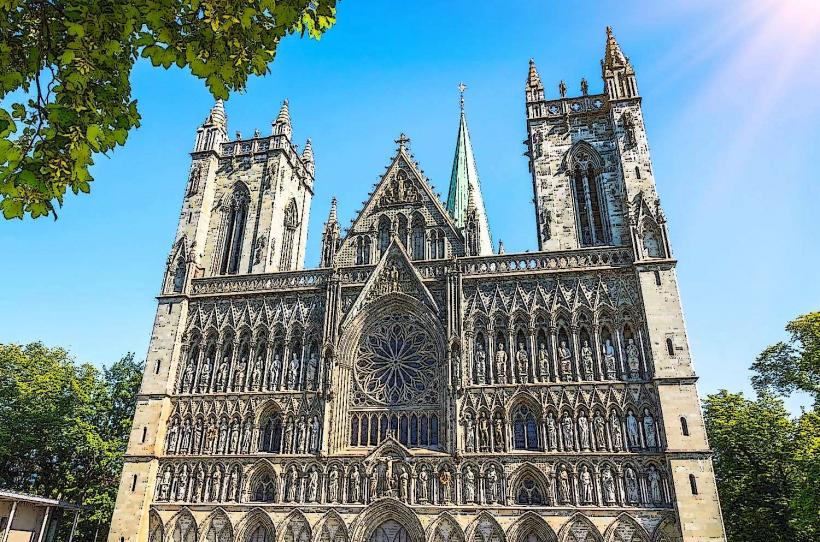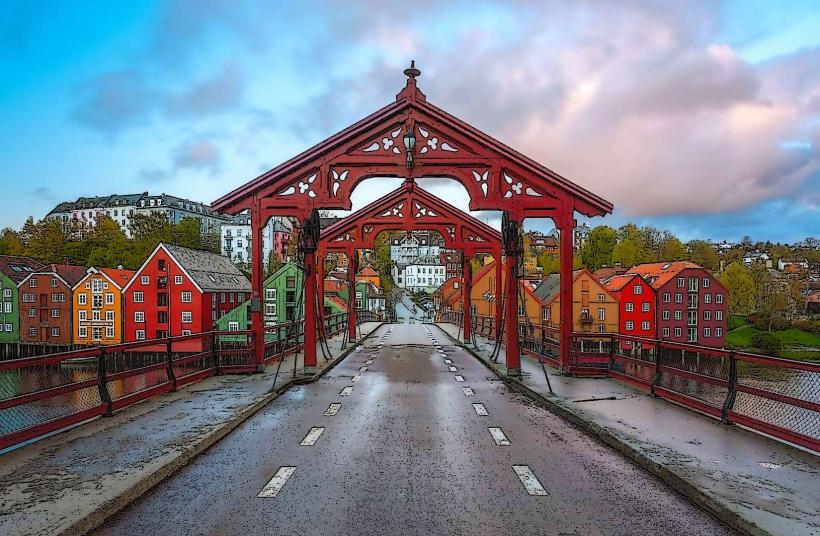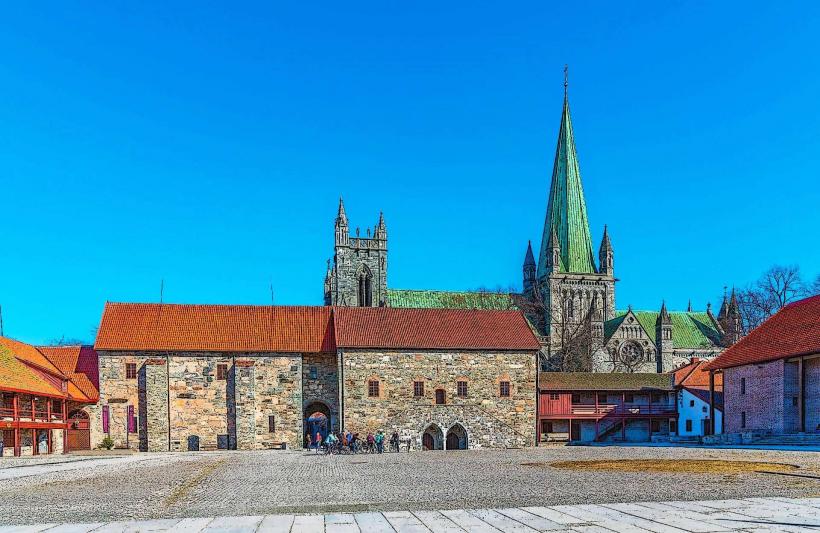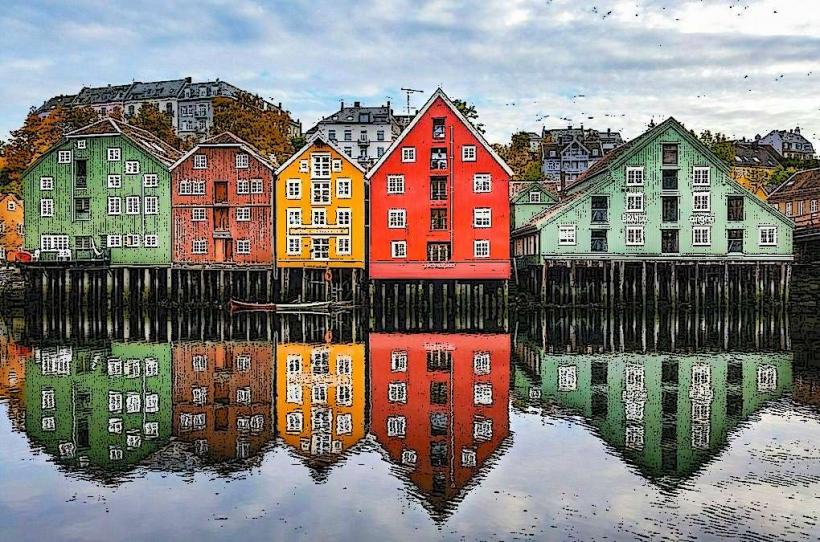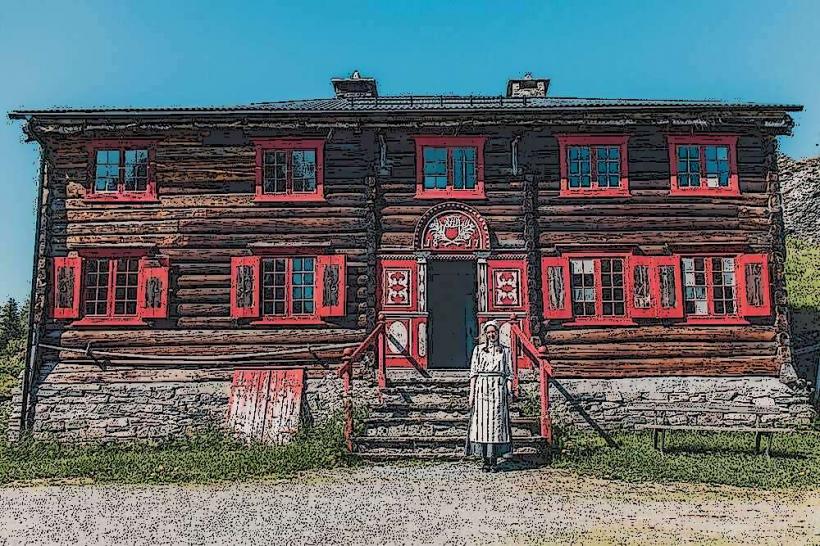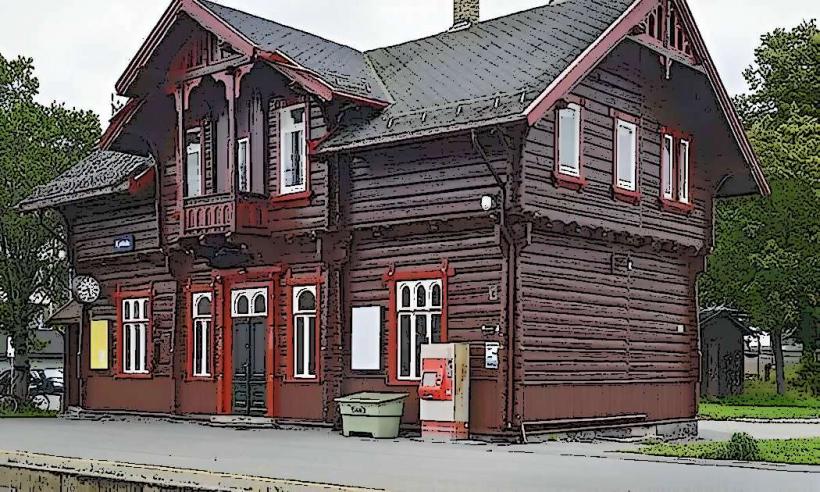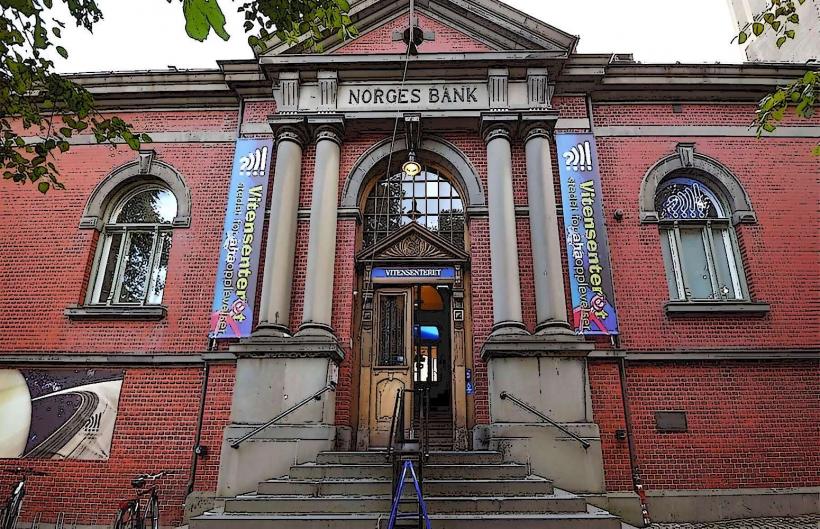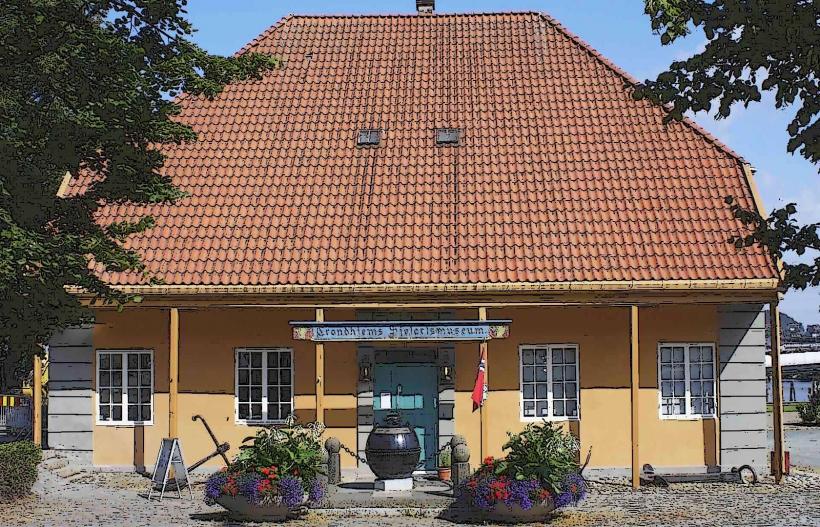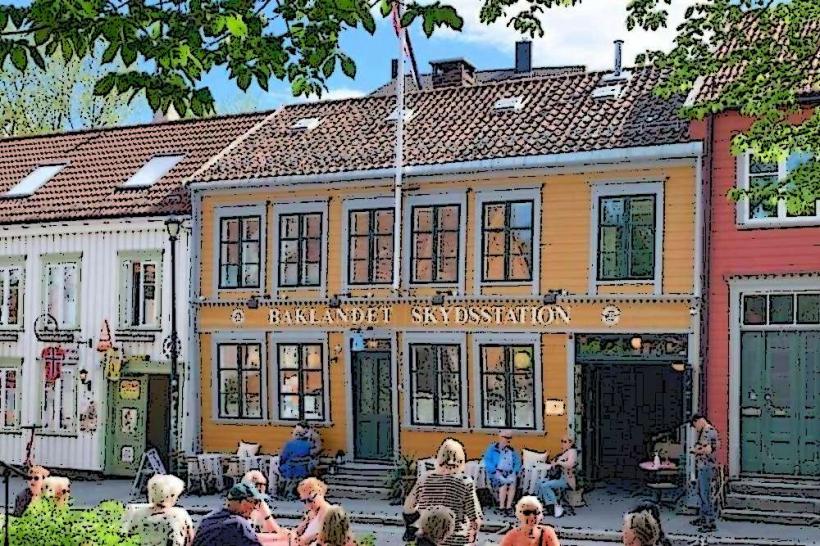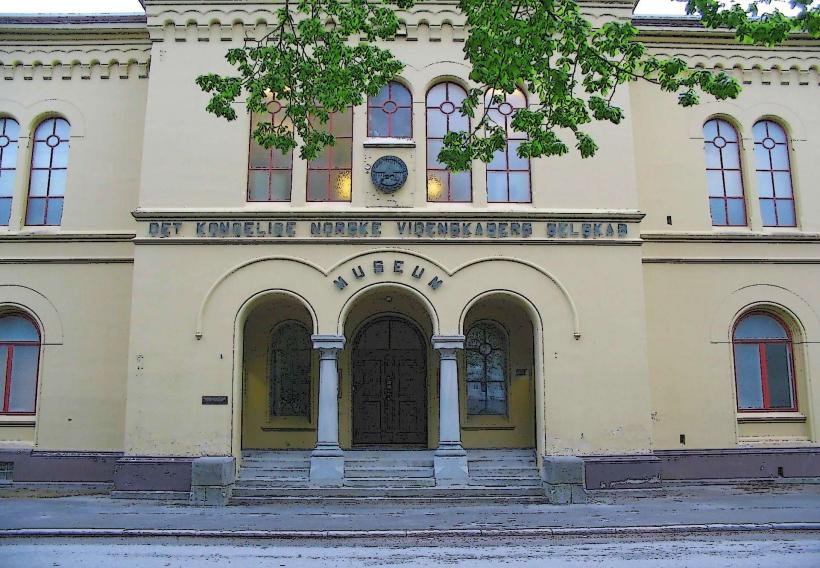Information
Landmark: St. Olav's WayCity: Trondheim
Country: Norway
Continent: Europe
St. Olav’s Way (known as St. Olavsleden in Norwegian) is a historic pilgrimage route that traces the journey of St. Olaf (Olav Haraldsson), the Norwegian king who played a pivotal role in the Christianization of Norway in the early 11th century. St. Olav's Way is a path of cultural, historical, and religious significance, attracting both pilgrims and travelers who seek to connect with the rich heritage of Norway.
1. Historical Significance
- St. Olaf (Olav Haraldsson): St. Olaf, also known as Saint Olaf, was the king of Norway from 1015 until his death in 1030 at the Battle of Stiklestad. He is considered one of Norway’s patron saints and is associated with the establishment of Christianity in the country. His death and subsequent canonization marked the beginning of his legacy as a key figure in Norwegian history.
- The Pilgrimage: St. Olav’s Way follows the route pilgrims took in medieval times to honor St. Olaf and to visit his shrine in Nidaros Cathedral (Trondheim). The cathedral, where St. Olaf’s remains were housed, became a significant center of pilgrimage, drawing Christians from all over Europe.
- Medieval Pilgrimage Tradition: Pilgrimages to Trondheim were widespread during the Middle Ages, and St. Olav’s Way was an important route. Pilgrims believed that the journey to the shrine of St. Olaf in Trondheim would offer spiritual benefits, healing, and divine protection.
2. Route Overview
St. Olav's Way is a network of interconnected pilgrimage paths that stretch across Sweden and Norway, culminating in Trondheim, where Nidaros Cathedral and St. Olaf’s shrine are located. The route follows the historical pilgrimage trail, and there are several main paths that vary in length and difficulty.
- Sweden to Norway: The route starts in Sundsvall, Sweden, and runs south to Selånger, before entering Norway. The path then continues through different towns and villages, ultimately leading pilgrims across the border into Norway.
- The Norwegian Sections: The Norwegian section of St. Olav’s Way can be divided into several key stages:
- From the Swedish border to Trondheim: The Norwegian part of the route stretches approximately 580 kilometers (360 miles) from the Swedish border to Trondheim, passing through landscapes rich in history, nature, and cultural landmarks.
- Viking Heritage: Pilgrims following the route often pass by sites with deep Viking connections, including ancient burial mounds, churches, and old roads that were once used for trade and travel during the Viking Age.
3. Key Sections and Landmarks
The route features numerous historical landmarks, medieval churches, and picturesque scenery along the way. Here are some highlights:
- Selånger: This village in Sweden marks the starting point of the Swedish section of the route. Here, pilgrims can visit Selånger Church, an important medieval site linked to St. Olaf.
- Stiklestad: A significant historical site, Stiklestad is where St. Olaf was defeated and killed in battle in 1030. The Stiklestad National Cultural Center commemorates this event, offering insights into the battle and the significance of St. Olaf’s martyrdom.
- Verdal: This village near Stiklestad is another important stop on the route. It has a long history of pilgrimage and is home to the Verdal Church, a medieval church connected to the pilgrimage.
- Nidaros Cathedral: The final destination of St. Olav’s Way is Nidaros Cathedral in Trondheim, the burial site of St. Olaf. The cathedral is one of the most impressive Gothic structures in Norway and has long been a center of religious pilgrimage. Today, it remains a key landmark in Norway's religious and cultural heritage.
4. Pilgrim Experience
- Spiritual Journey: For those walking St. Olav’s Way, the experience is not just physical but also spiritual. Pilgrims often walk the route for personal reflection, prayer, and seeking spiritual renewal. The path is designed to encourage contemplation and connection with nature, history, and faith.
- Pilgrim Mark: Along the route, pilgrims are often guided by the pilgrim mark, a symbol of a blue shell. The blue shell is a modern marker, indicating the path and providing direction for those walking St. Olav’s Way.
- Accommodation and Support: The route is designed to be accessible to all, with numerous accommodations available along the way. Pilgrims can find hostels, guesthouses, and churches offering food, rest, and shelter. Some churches along the route provide specific pilgrim services, such as stamps for pilgrims’ passports and places for reflection.
- Pilgrim Passport: Pilgrims can obtain a Pilgrim Passport, which is stamped at key locations along the route. This passport serves as a record of the pilgrimage journey and is often used to receive a certificate upon completion of the pilgrimage.
5. Modern-Day Pilgrimage
- Revival of Pilgrimages: In recent years, St. Olav’s Way has experienced a revival, with an increasing number of people walking the route for both spiritual and recreational reasons. The route is now part of a larger movement to revive medieval pilgrimage traditions in Europe, attracting modern-day pilgrims and tourists interested in cultural heritage.
- Year-Round Accessibility: While the main pilgrimage season runs from late spring to early autumn, the route is accessible year-round for those who wish to experience it at their own pace. The route is marked with modern signage and is designed to accommodate a wide range of walkers, from those seeking a long-term spiritual journey to those interested in a shorter trek.
6. Benefits and Importance
- Cultural Heritage: St. Olav’s Way is an important cultural and historical route, celebrating Norway’s medieval past and religious heritage. It allows modern pilgrims to walk in the footsteps of those who journeyed centuries ago, providing a tangible connection to the past.
- Tourism and Local Economy: The pilgrimage route also plays a role in local tourism, bringing visitors to rural areas and creating economic opportunities for the communities along the path.
- Connection to St. Olaf’s Legacy: The route allows pilgrims to engage with the legacy of St. Olaf in a personal and meaningful way. It is a journey of faith, discovery, and historical exploration, culminating at the shrine of St. Olaf in Trondheim, a place of deep significance for Norwegians and Christians alike.
7. Conclusion
St. Olav’s Way is not only a historic pilgrimage route but also an enriching journey through Norwegian culture, history, and natural beauty. Whether one walks for spiritual reasons, historical interest, or simply to experience the landscapes and heritage of Norway, the route offers a memorable and transformative experience. The pilgrimage culminates at the Nidaros Cathedral in Trondheim, which stands as a lasting symbol of St. Olaf’s influence and legacy.

